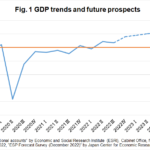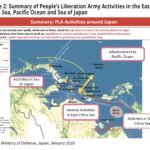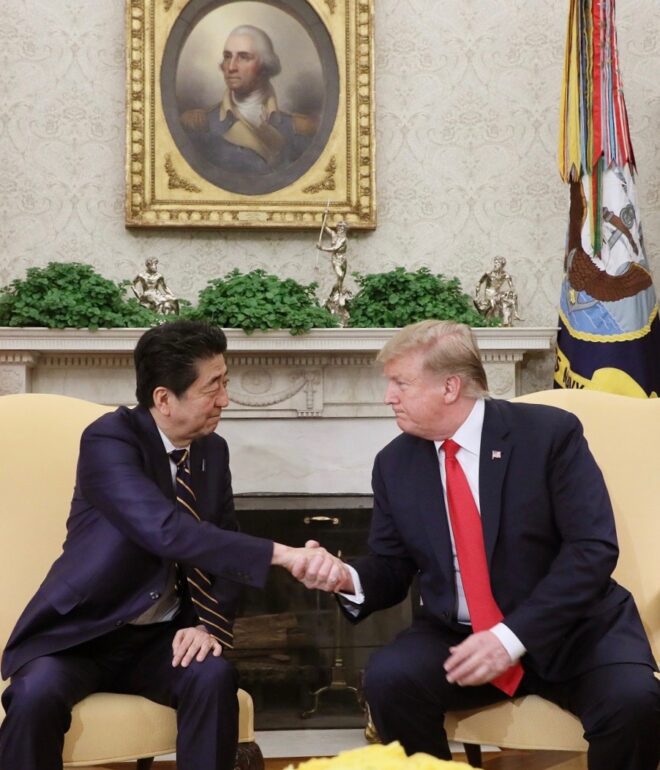
Prime Minister Abe meets with President Trump in the White House, April 26, 2019
CABINET PUBLIC RELATIONS OFFICE
Japan-US trade negotiations are at a critical moment with President Trump due to visit Japan at the end of May, the G20 to be held in Osaka in June, and crucial Upper House elections scheduled for July.
This article first appeared in the May/June print edition of The Japan Journal.
Japan-US trade negotiations began on April 15–16, 2019 in Washington between Motegi Toshimitsu, Minister in charge of TPP, and Robert Lighthizer, United States Trade Representative. The first round of negotiations concerned the trade of goods such as agricultural products and motor vehicles.
At the Japan-US Summit on April 26–27, President Trump made mention that a deal might be reached by May. However, Japan is thinking beyond that to the imminent G20 in June and the House of Councillors election in July. These negotiations are referred to by Japan as the Japan-United States Trade Agreement on Goods (TAG), and by the United States as the United States-Japan Trade Agreement (USJTA). The United States says that it will include a foreign exchange clause in the negotiations, claiming that Japan “agreed to discussions between finance ministers at the February 2017 Summit.” While the two parties had different expectations of the negotiations, at the Japan-US Summit, Motegi and Lighthizer agreed to accelerate negotiations to ensure benefit for both countries in accordance with the Joint Statement of the United States and Japan on September 26, 2018.
However, the points of the Joint Statement itself differ between Japan and the United States. Japan recognizes the “importance of free, fair, and rules-based trade,” while the United States asserts the “importance of reciprocal trade,” “reducing the trade deficit with Japan and other countries.”
Such differences are inevitable given that the negotiations were initiated after Japan, which is urging the United States to return to the TPP, was pressured into bilateral negotiations with the threat of the imposition of high tariffs on motor vehicles if it did not respond.
One of the points of negotiation put forward by the United States is the 68.9 billion dollar trade deficit with Japan. Particularly large is the 4,568.4 billion yen (30.2%) deficit for motor vehicles and the 961.4 billion yen (6.4%) deficit for motor vehicle parts. However, based on an understanding that the two countries would “refrain from taking measures against the spirit of this joint statement during the process of these consultations” from the Joint Statement that emerged from the Motegi-Lighthizer discussions, it has been ascertained that no additional tariffs are applicable.
At the press conference following the Summit, Prime Minister Abe pointed out the active role played by Japan, including the fact that since the Trump Administration came to power, 43,000 new jobs have been created as a result of 23 billion dollars invested by Japanese companies in the United States. As shown by the US Department of Commerce statistics (Figs. 2 and 3), since 2009, both investments by Japanese companies in the United States and the creation of jobs by Japanese companies in the United States have shown steady growth. Japan should present this as evidence to President Trump, who is seeking a deal backed by the power of the United States, which has the world’s largest GDP.
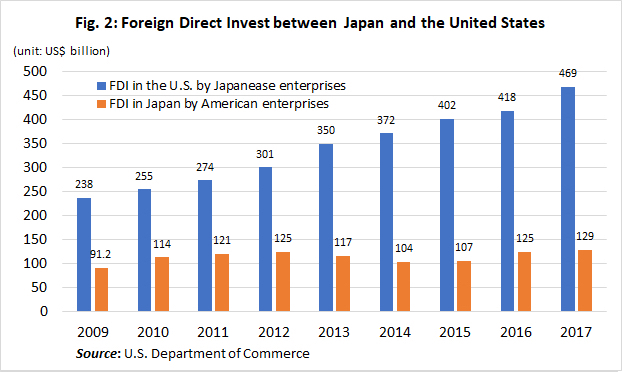
The first round of the Motegi-Lighthizer discussions focused on agricultural products.
With the entry into force of the Japan-EU EPA and TPP 11, lower priced imported agricultural products are gaining in popularity in the Japanese market. For example, Japan’s current 38.5% tariff on beef imports will be reduced gradually to 9% over sixteen years. Having withdrawn from the TPP, it is inevitable that US-produced meat (exports to Japan in 2017 accounted for 5.1%, worth 408.8 billion yen) and grains (exports to Japan in 2017 accounted for 5.0%, worth 403.9 billion yen) will lose competitiveness in the Japanese market. If the United States is to protect its farmers, it needs to resolve this issue without delay. This point too has been agreed in the Joint Statement as “outcomes related to market access as reflected in Japan’s previous economic partnership agreements constitute the maximum level,” so even if the United States is able to hasten negotiations, there is a need to advance negotiations at TPP 11 level.
There are some points on which neither Japan nor the United States can compromise for domestic reasons. As far as the direction of negotiations is concerned, including the agreement period, we have no choice but to keep a close watch on the future discussions between Motegi and Lighthizer, and the direction of the next Japan-US Summits scheduled for May and June.
A further point to note in the TAG negotiations is paragraph 6 of the Joint Statement. This expresses a firm intention on the part of Japan and the United States in respect of the core of the existing free trade system.
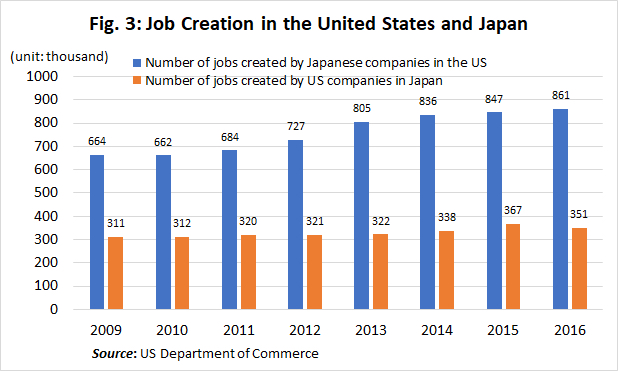
Japan and the United States will also strengthen cooperation to better protect Japanese and American companies and workers from non-market oriented policies and practices by third countries. We will therefore work closely together, through Japan-United States as well as Japan-United States–European Union cooperation, to promote discussions on World Trade Organization reform and e-commerce and to address unfair trading practices including intellectual property theft, forced technology transfer, trade-distorting industrial subsidies, distortions created by state-owned enterprises, and overcapacity.
This point cannot be overlooked, in the sense of the TAG negotiations achieving an agreement that conforms to WTO rules. Japan, which is committed to “free, fair, and rules-based trade,” needs to succeed in the TAG negotiations and persevere in urging the United States to return to the TPP.
SANO Kentaro is a freelance journalist.


